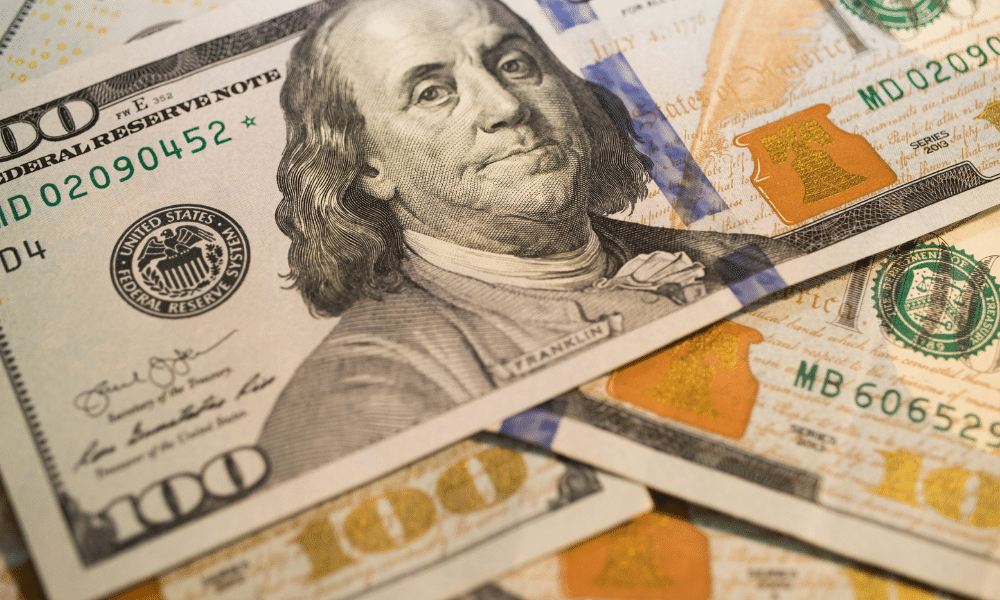
SINGAPORE (Reuters) - The dollar and safe-haven currencies held firm and riskier ones struggled for traction on Monday.
With traders on edge about the prospect of war in Europe and unsettled by soaring inflation.
The risk of war in Ukraine pushed the euro down on Friday and it was nursing losses at $1.1346 on Monday, well below last week's top of $1.1495.
The Australian and New Zealand dollars were also pinned below last week's levels and the Russian rouble was struggling after the spectre of sanctions sparked its sharpest fall in nearly two years on Friday.
The safe-haven yen has climbed to 115.53 yen from a five-week low of 116.34 last week.
Russia could invade Ukraine at any time and might create a surprise pretext for an attack, the United States said on Sunday.
German Chancellor Olaf Scholz, who heads to Kyiv on Monday and Moscow for talks with President Vladimir Putin on Tuesday, warned of sanctions if Moscow did invade.
| Revealed In 2022 What indicators do professional traders use? |
The flashpoint adds to stress already evident in markets' volatile response to hotter-than-expected U.S. inflation data last week.
Which unleashed bets on the Federal Reserve lifting rates more than 160 basis points before the end of the year.
"With Fed hike expectations surging again and geopolitical tensions in Ukraine escalating dramatically the dollar index should be back on the front foot again," said analysts at Westpac.
The dollar index crept up to 96.059 in the Asia session.
Analysts see the euro, which dropped 1.2% on the yen on Friday, and oil importers' currencies as most at risk from conflict in Ukraine. Oil prices have surged.
Later on Monday, European Central Bank President Christine Lagarde addresses the European Parliament and St Louis Fed President James Bullard.
Who roiled markets with hawkish comments in the wake of last week's inflation data, appears on CNBC.
Sterling held at $1.3542 on Monday as investors are convinced the Bank of England is hiking rates next month and pricing about a 40% chance of a 50 basis point rise.
The New Zealand dollar fell 0.5% to $0.6622 and the Australian dollar eased 0.2% to $0.7119. [AUD/]
Australian jobs data is due on Thursday and the risk of surprise has driven Aussie dollar volatility gauges to nearly one-year highs.
The U.S. Federal Reserve releases its January meeting minutes on Wednesday.
Last week's chatter about an inter-meeting hike was tamped down when the Fed released an unchanged bond buying schedule for the coming month.
Since the central bank has said it would only hike after its buying had ceased. - investing.com